
What Is the Difference Between Feelings and Emotions?
Share
Adults often use the words ‘feelings’ and ‘emotions’ interchangeably, but these two things are actually very different! When it comes to teaching your child about their feelings, understanding the differences can help them cope. And knowing how they react both consciously and subconsciously can help them face life in a more meaningful way.
Whether it’s for a good or bad situation, learn about the difference between feelings and emotions so you can help your child develop emotional awareness.
What Is an Emotion?
Emotions are the biological and chemical reactions in our bodies in response to an internal or external trigger. These reactions happen on a very basic level that can be completely unconscious. We notice our emotions through the physical sensations that accompany them such as sweating, muscle tightness, or a racing heartbeat. Psychologists believe that certain emotional responses are basic and automatic, while others can be learned (or conditioned) through repeated experiences. For example, our initial reaction to a dog may be to smile and laugh. But after getting bit by a dog, you may learn the emotional response of fear in response to being bit. This is called classical conditioning.
Example of an Emotion
According to the psychologist Paul Ekman, we have six basic emotions:
- Happiness
- Sadness
- Fear
- Disgust
- Anger
- Surprise
All of these basic emotions are associated with a specific facial expression and can be seen cross-culturally, even among cultural groups that have never experienced Western and European cultures. Although you may wonder if it’s possible that the whole of human emotional experience can really be categorized into these six emotions – it seems like it can! Other emotions that we talk about are really just combinations or “shades” of these basic emotions. For example, the emotion of being annoyed is really just anger on a small scale. Grief is a very specific shade of sadness, and so on.
What Is a Feeling?
While an emotion is the biological response to a trigger, the feeling is the conscious evaluation or appraisal of what we are experiencing. So, once we have noticed the physical experience of the emotion, the mental sensations that arise are known as the feeling. These feelings are how we make sense of the emotion. Like emotions, feelings are a composite of our experiences and include factors like our behavior, our culture, and any traumatic experiences we’ve had.
Example of a Feeling
Using the example of feeling annoyed, it is a basic emotion of anger that we label as being “annoyed” because someone else did something that is making us feeling “a little bit” angry. Depending on our experiences, we may label this feeling in a lot of different ways. For example, if our culture does not condone being angry at an authority figure, we may be more likely to label it as being annoyed, or confused, or uncomfortable. Whatever it is, understanding the feeling and how we label our emotions can help us to develop self-regulation skills.
There are hundreds of different words that we use to describe feelings. Some examples are:
- Amazed
- Awful
- Bad
- Bitter
- Confident
- Confused
- Content
- Creative
- Fragile
- Humiliated
- Hurt
- Loving
- Playful
- Shocked
- Stressed
Shop ThinkPsych Products
Why is it Important to Know the Difference Between Feelings and Emotions?
There is a distinct difference between what an emotion and what a feeling is. And while these terms are often used interchangeably, there are good reasons to know the difference. A child who understands their immediate reaction to something may be better able to label their feelings in different and more helpful ways. This can be especially useful in the case of hearing loud noises (for example, fire alarms or sirens) that lead to anxiety. Depending on their personality, background, and any trauma, this can help them to have more awareness in the moment and respond more effectively.
Conclusion
It might not seem important to understand the difference between feelings and emotions. However, it can be a vital part of your child’s self-knowledge. By understanding how they feel, they can better react to the situation and regulate their feelings.
If you’re interested in helping your child develop a better understanding of their feelings, you may want to try our Emotions Flashcards. These cards can help your child to identity emotions in themselves and others.
References
Wake Forest University. The Differences Between Feelings and Emotions. https://counseling.online.wfu.edu/blog/difference-feelings-emotions/
Sixseconds. Emotions, Feelings and Moods: What’s the Difference? https://www.6seconds.org/2017/05/15/emotion-feeling-mood/
Healing Feeling. Emotions & Feelings: What Is The Difference? https://healing-feeling.com/emotions-feelings-difference/#:~:text=Feelings%20are%20the%20mental%20portrayal,past%20experiences%2C%20beliefs%20and%20memories
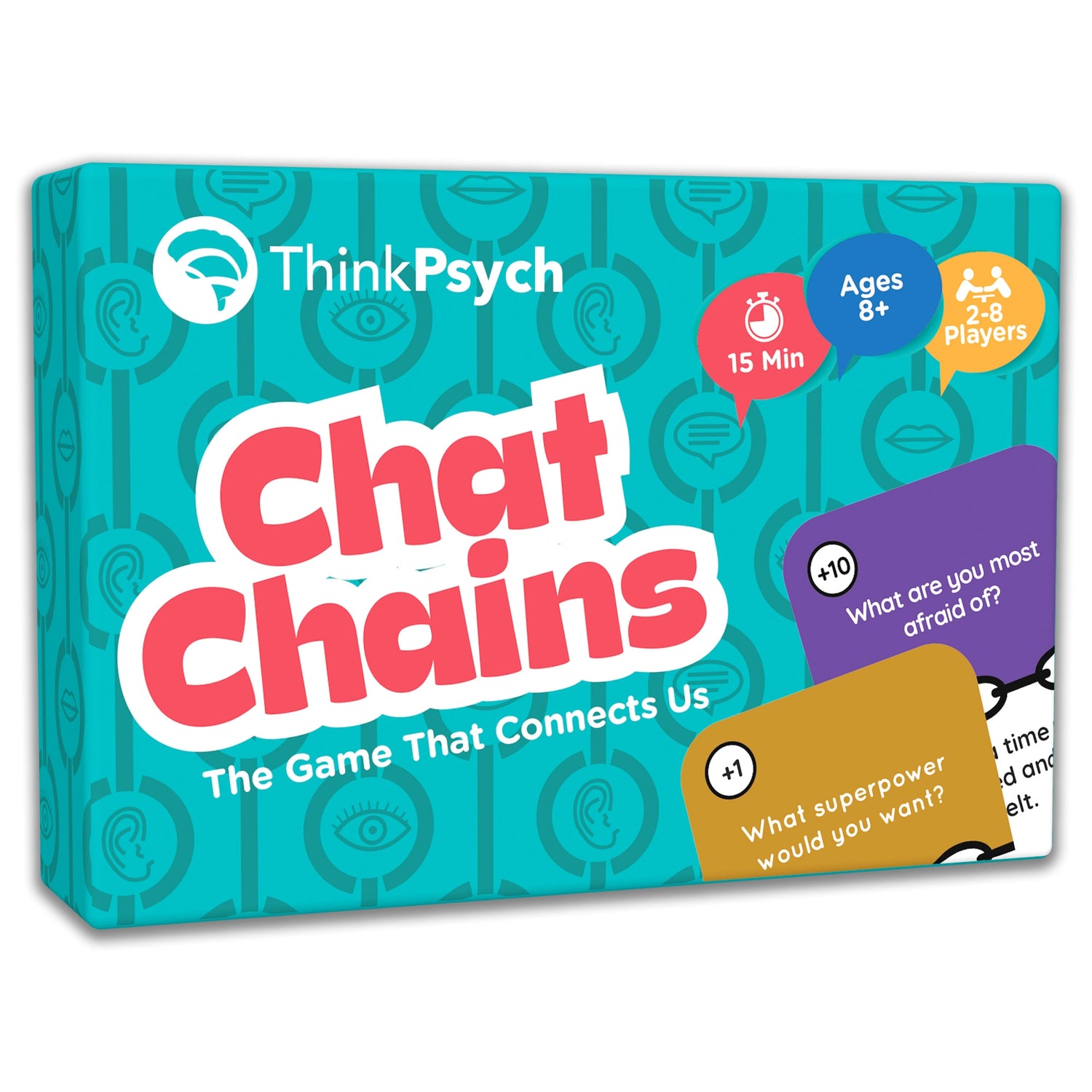

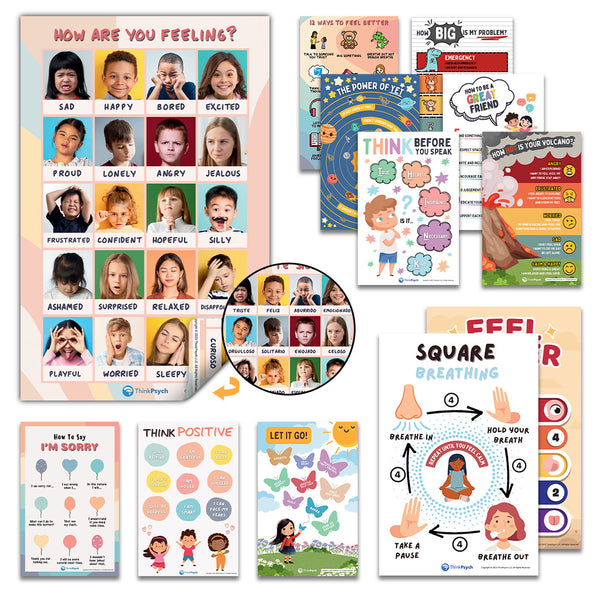
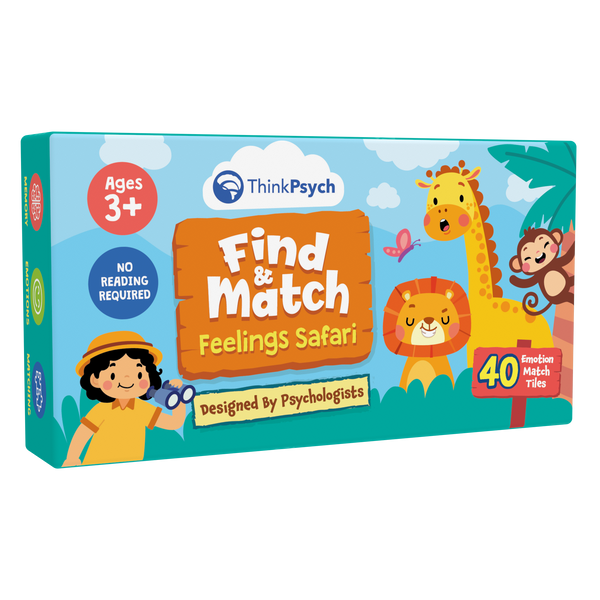
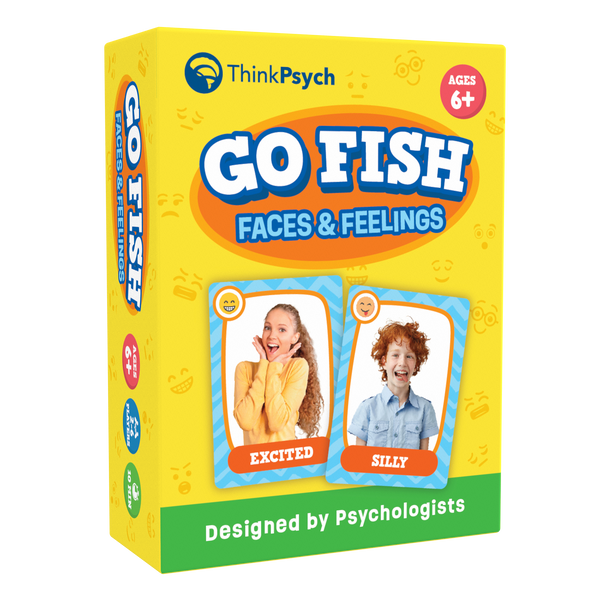
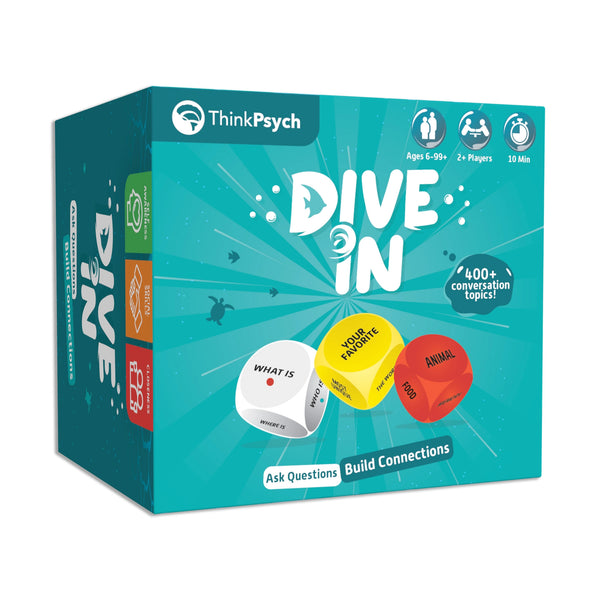
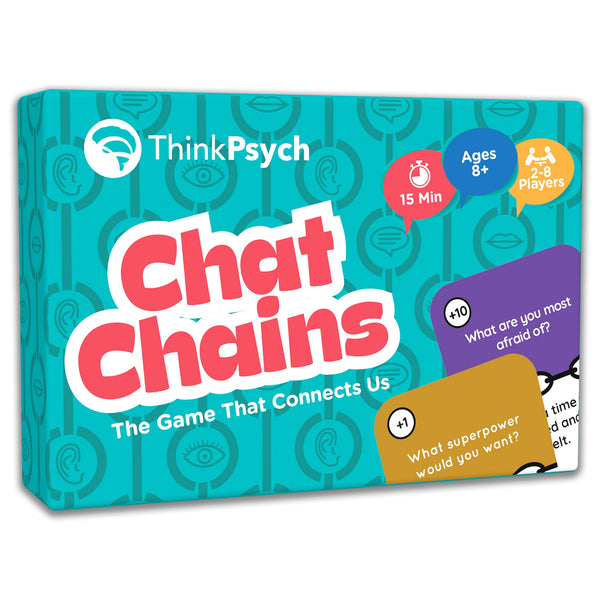
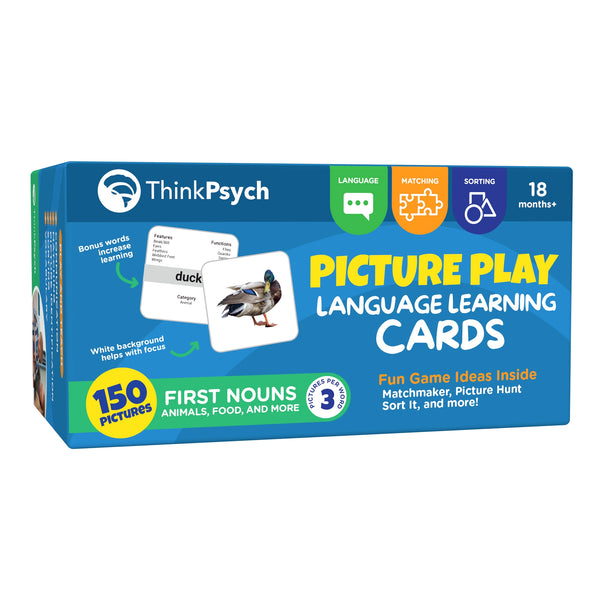


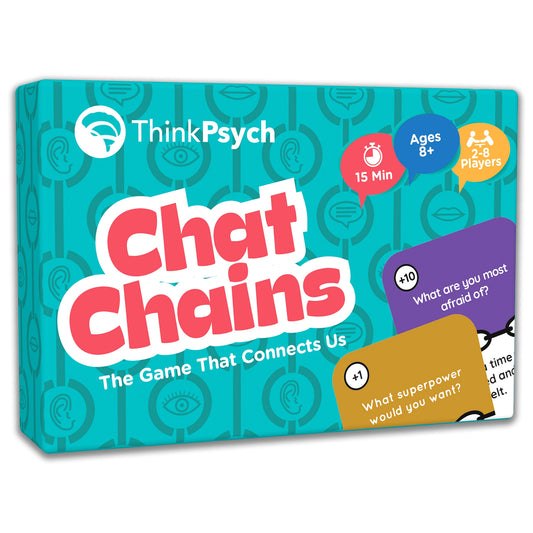
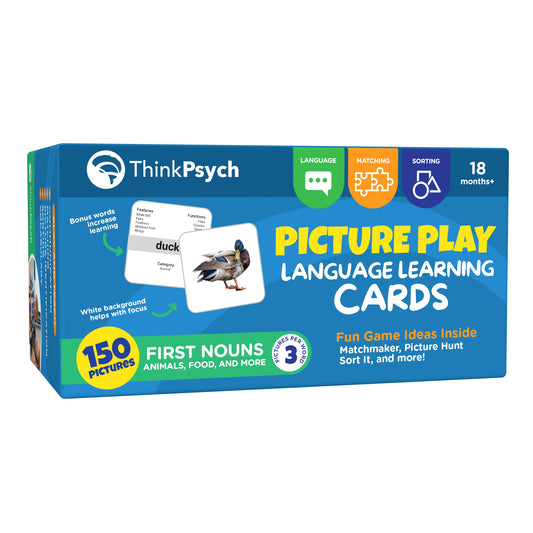
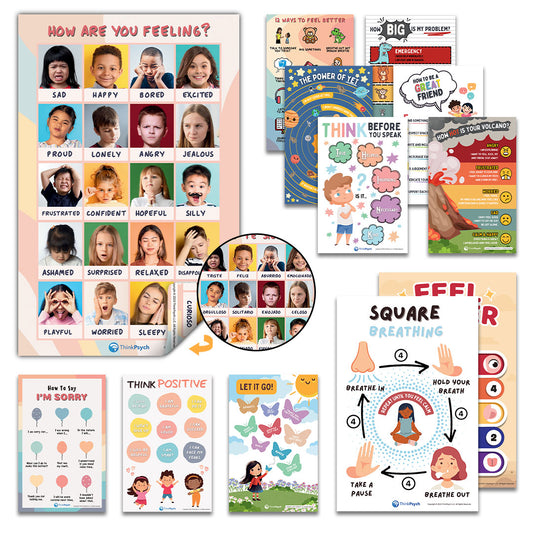
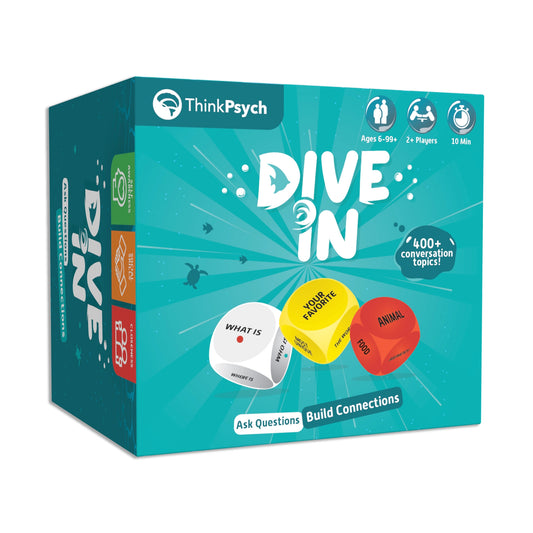
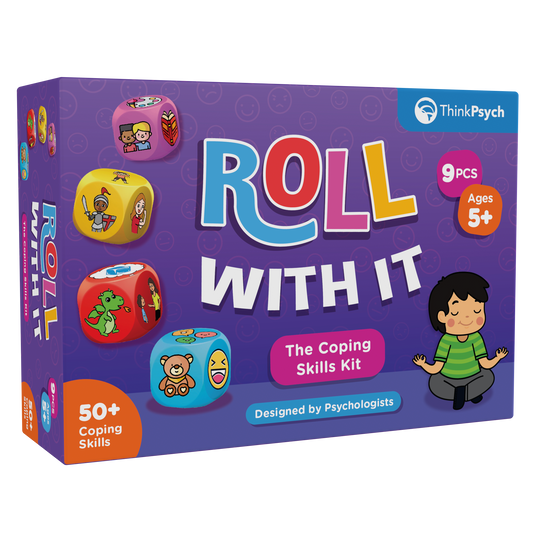



2 comments
I now realize that feelings are a physical sensations while emotions are a psychological response to my feelings. Knowing the difference can better help me regulate or manage my emotional experiences.
Wow! Very informative information. Having know the difference between feeling and emotions has made me stop and think how I was definitely using these incorrectly. Thanks